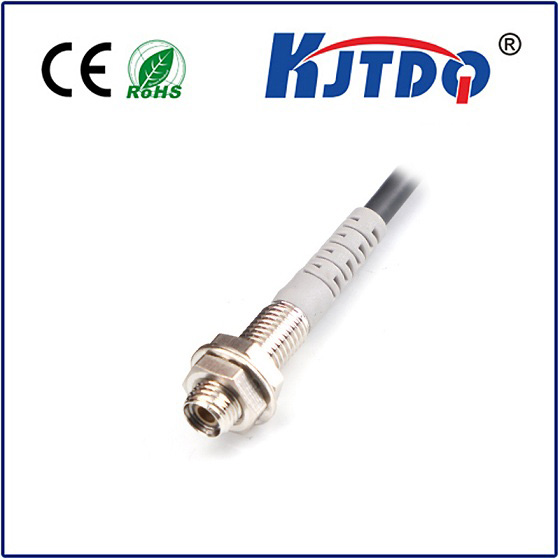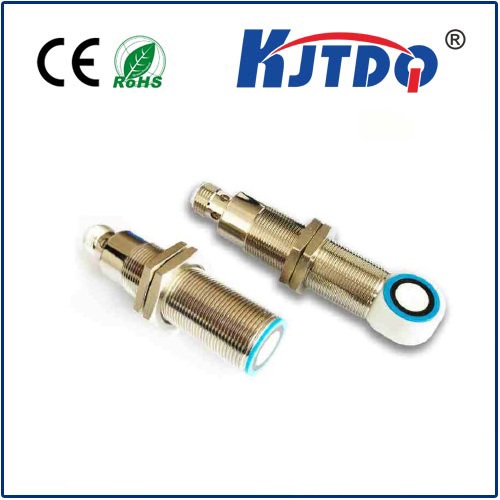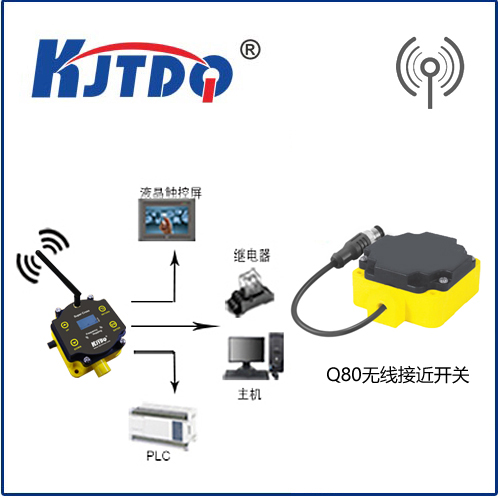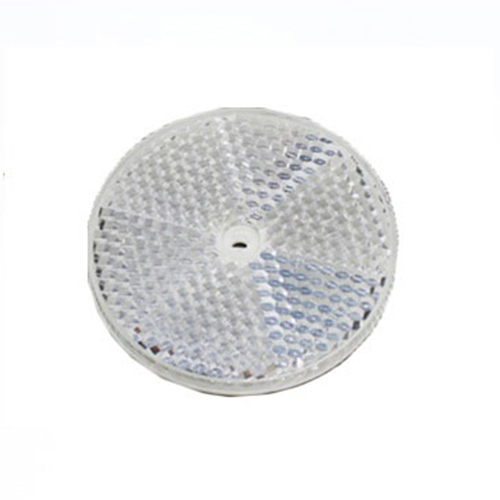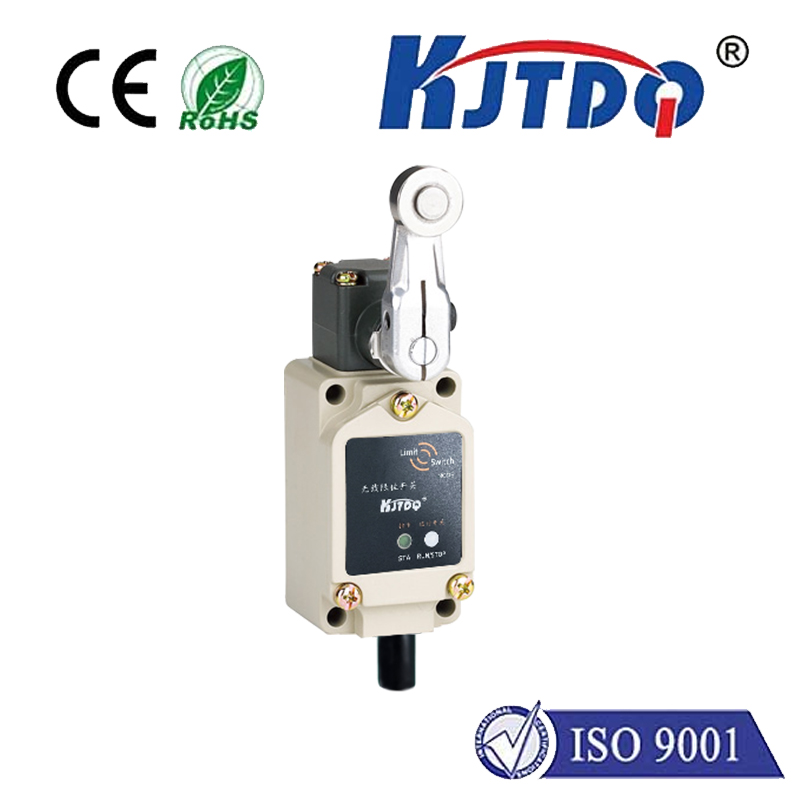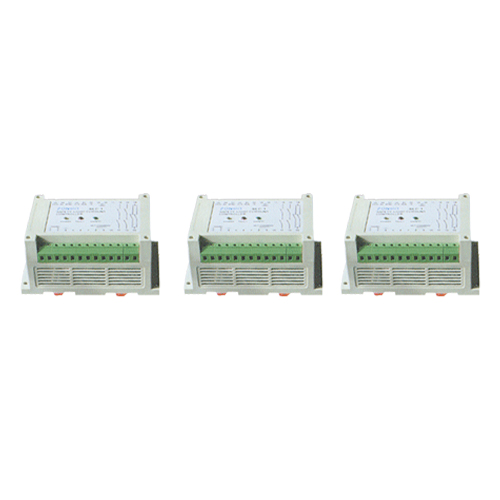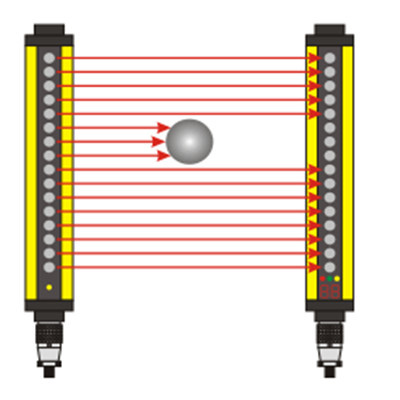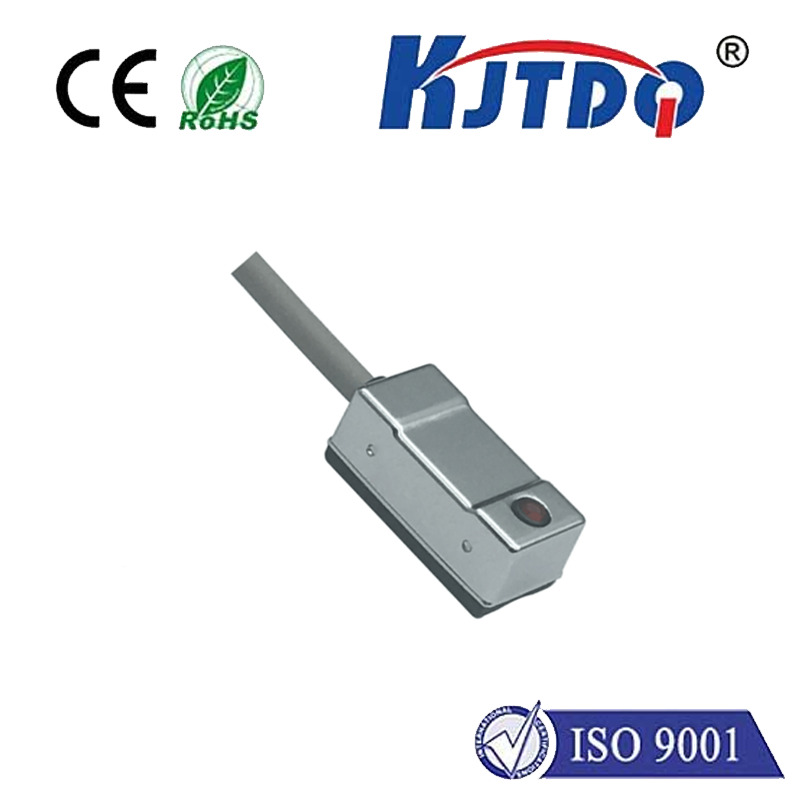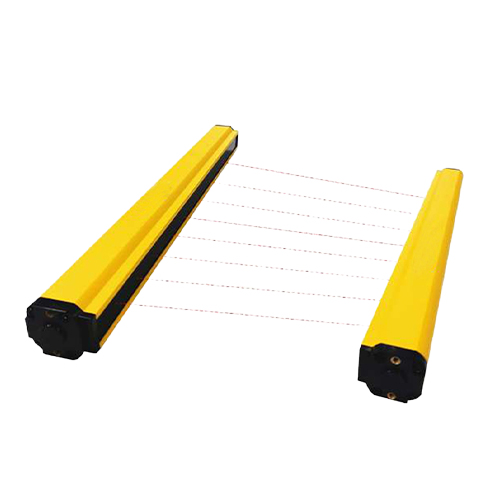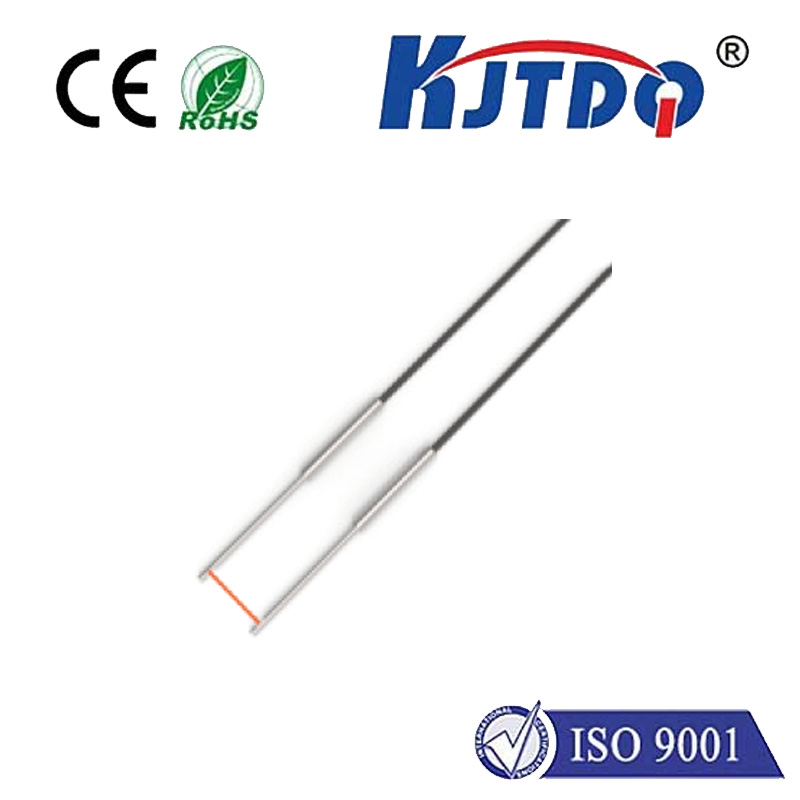power window limit switch
- time:2025-08-06 12:53:54
- Click:0
The Silent Guardian: Demystifying Your Car’s Power Window Limit Switch
We’ve all experienced the effortless convenience: a gentle press of a button, and your car window glides up or down smoothly. It’s modern magic we often take for granted. But what happens behind the scenes to ensure that window stops precisely at the top trim or the bottom seal? What prevents the motor from straining or components from breaking when the window reaches its limit? The unsung hero enabling this seamless operation is the power window limit switch.
Understanding the Core Mechanism
At its heart, a power window system is relatively straightforward. You press a switch, sending an electrical signal to a motor integrated into the window regulator assembly. This motor turns gears or a cable drum, translating rotational force into linear motion that pushes or pulls the window glass vertically along its tracks. Sounds simple, right? But the critical question remains: how does the system know when to stop?
This is where the power window limit switch comes into play. It acts as the system’s intelligent endpoint detector. Its primary function is to automatically cut power to the window motor the instant the glass reaches its predetermined fully open (down) or fully closed (up) position. Think of it as a safety sentinel stationed at the top and bottom of the window’s travel path.
How the Power Window Limit Switch Actually Works

The implementation of limit switches varies slightly between car manufacturers and models, but the core principle remains consistent:
- Triggering the Cut-Off: Usually located within the door panel and mechanically linked to the window regulator mechanism or the glass carrier itself. As the window travels, a cam, lever, or plunger integral to the regulator assembly physically activates the switch at the precise moment the window hits the end of its travel.
- Electrical Signal Interruption: This physical activation causes an internal mechanism within the limit switch to open (break) or close (make, depending on design) an electrical circuit.
- Motor Power Cut: The change in the circuit state is read by the power window control module or relay. This immediately interrupts the power supply to the window motor. Without power, the motor stops instantly, halting the window movement exactly where it should be.
This precise cut-off is crucial. Without it, the motor would continue to draw power and strain against its own internal resistance and the now-immovable regulator mechanism after the window reaches its stop. This sustained force is a recipe for failure.
Why the Power Window Limit Switch is Absolutely Vital
The importance of this small component cannot be overstated. Its failure can cascade into significant problems:
- Motor Protection: This is the primary role. Continuously running a stalled motor generates excessive heat and draws high current (stall current). Over time, this overheats the motor windings, drastically shortening its lifespan and potentially causing complete burnout. Replacing a window motor is typically far more expensive than addressing a limit switch issue.
- Component Longevity: Related to motor protection, preventing strain also protects the entire window regulator assembly – the cables, pulleys, gears, and plastic carriers. Forcefully driving these components against a hard stop can cause cables to snap, gears to strip, or carriers to shatter.
- Safety Feature: Modern power window systems incorporate auto-reverse functionality (as mandated in many regions) to prevent injury if an obstruction (like a limb) is detected while the window is closing. While distinct from the basic limit switch, the system relies on knowing the window’s intended travel limits. A malfunctioning limit switch could confuse the control module, potentially interfering with auto-reverse operation.
- Preventing Electrical System Stress: A stalled motor draws significantly more current than a running motor. This unnecessary high current draw can stress fuses, wiring, switches, and the vehicle’s electrical system over time.
- Battery Drain: In rare cases, if the switch fails in a way that leaves the motor circuit partially engaged (even after releasing the switch button), it could lead to a parasitic battery drain.
Types of Limit Switches and Failure Symptoms
While most limit switches are mechanical plunger or lever types activated by the regulator’s movement, some modern vehicles might employ magnetic sensors or Hall effect sensors integrated with the motor assembly to determine position. Regardless of type, they perform the same critical function.
Recognizing a failing window limit switch is important:
- Window Doesn’t Stop At Correct Position: The most obvious sign. The window might travel slightly too far up (potentially binding against the weather stripping or top seal) or too far down (leaving a gap at the top). It might even keep trying to move after reaching the end, emitting a concerning grinding or buzzing noise from the motor.
- Motor Overheating or Burnt Smell: If you notice a hot motor housing or a distinct electrical burning odor near the door panel after operating the window, a faulty switch allowing the motor to stall is a likely culprit.
- Intermittent Operation: The window might work correctly sometimes but fail to stop properly at other times.
- Impacted Auto-Reverse: While not the auto-reverse sensor itself, a faulty limit switch can confuse the system, potentially causing the auto-reverse function to misbehave.
Maintenance and Replacement
The power window limit switch itself isn’t typically a serviceable item; it’s designed to last the life of the vehicle under normal conditions. However, failures do occur, often due to wear, contamination (dirt, water ingress), or physical damage during other door repairs.
- Diagnosis: Pinpointing a failed switch requires technical knowledge. Mechanics use wiring diagrams and multimeters to test continuity and switch operation while cycling the window. They also visually inspect the regulator’s trigger mechanism.
- Replacement: Accessing the switch usually involves removing the interior door panel and potentially parts of the regulator assembly. Crucially, the switch often comes integrated with or is only sold as part of the entire regulator assembly. Replacing just the switch alone is sometimes possible, but sourcing the exact component can be challenging. Using OEM or high-quality aftermarket parts is essential for reliable operation.
- Professional Help: Due to the complexity of door disassembly, electrical connections, and precise adjustment needed to ensure the window stops exactly where it should, diagnosing and replacing a window regulator involving the limit switch is best left to qualified automotive technicians.
Conclusion (Not Included per Request)
Therefore, the next time you effortlessly raise or lower your car window, spare a thought for the critical component silently ensuring the smooth and safe conclusion of that movement. The power window limit switch, though small and hidden, plays an absolutely pivotal role in protecting costly components like the motor and window regulator, enhancing safety, and preserving the effortless operation we all rely on. It’s a brilliant example of simple engineering solving a fundamental problem in automotive convenience.






